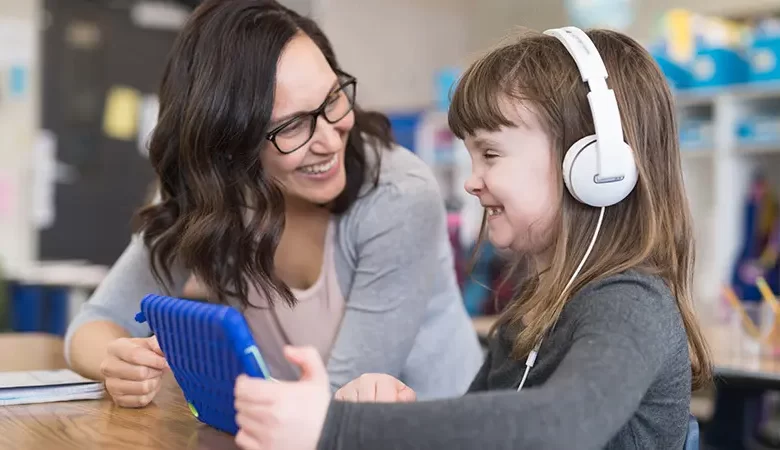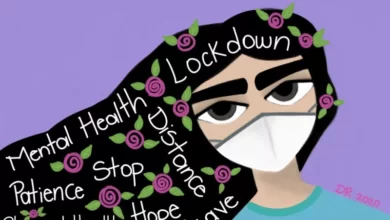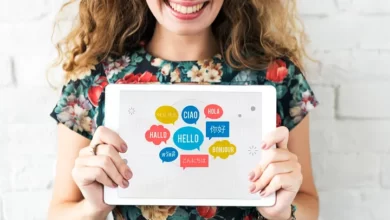The Role of Technology in Supporting Special Education and Students with Disabilities

Introduction
In today’s digital era, technology has become an integral part of education, revolutionizing the way students learn and teachers teach. It has also played a crucial role in supporting special education and students with disabilities. This article explores the significant impact of technology in special education, highlighting various tools and strategies that enhance the learning experience for students with diverse needs.
Understanding Special Education and Disabilities
Special education encompasses a range of programs and services designed to cater to the unique needs of students with disabilities. These disabilities can include physical, sensory, cognitive, or emotional impairments. Special education aims to provide an inclusive and equitable education for all students, ensuring they have access to the same educational opportunities as their peers.
Challenges in Special Education
Special education faces numerous challenges, including limited resources, lack of specialized training for teachers, and the need for individualized instruction. Traditional teaching methods may not always be effective in addressing the diverse needs of students with disabilities. This is where technology emerges as a powerful ally.
Technology as a Supportive Tool
Technology serves as a supportive tool in special education, enabling teachers to create inclusive learning environments and empowering students to reach their full potential. With the aid of technology, educators can personalize instruction, provide real-time feedback, and track individual progress. Additionally, technology offers opportunities for collaboration, communication, and access to vast educational resources.
Assistive Technologies for Students with Disabilities
Assistive technologies are specialized tools and devices that assist individuals with disabilities in performing various tasks. These technologies range from simple aids like adaptive keyboards and screen readers to complex systems like robotic prosthetics and eye-tracking devices. By using assistive technologies, students with disabilities can overcome barriers to learning, engage actively in classrooms, and demonstrate their knowledge effectively.
Communication and Augmentative Alternative Communication (AAC) Devices
For students with communication impairments, technology provides a lifeline. Augmentative Alternative Communication (AAC) devices, such as speech-generating devices and picture-based communication apps, help individuals express themselves and participate in classroom discussions. These devices facilitate effective communication, fostering social interaction and academic success.
Learning Management Systems and Personalized Learning
Learning management systems (LMS) and personalized learning platforms have transformed the way education is delivered. LMS platforms allow teachers to create tailored learning experiences for students, providing access to customized content, assignments, and assessments. Personalized learning adapts to students’ individual needs, pacing their progress and offering targeted interventions when necessary.
Virtual Reality and Simulations
Virtual reality (VR) and simulations offer immersive and interactive experiences that enhance learning opportunities for students with disabilities. VR technology enables students to explore virtual environments, visit historical landmarks, or engage in scientific experiments, providing a level of engagement and understanding that traditional methods may not achieve. Simulations also allow students to practice real-world skills in a safe and controlled environment.
Artificial Intelligence in Special Education
Artificial intelligence (AI) is increasingly being integrated into special education to provide personalized and adaptive learning experiences. AI-powered tools can analyze student data
and generate insights to inform instructional strategies. AI algorithms can identify patterns, adapt content delivery based on individual needs, and offer real-time feedback to enhance learning outcomes. These intelligent systems can also assist in identifying learning disabilities or areas where additional support is needed, enabling early intervention and tailored interventions.
Gamification and Interactive Learning
Gamification incorporates game elements and mechanics into the learning process, making education more engaging and enjoyable for students with disabilities. Gamified activities and interactive learning platforms motivate students, promote active participation, and foster skill development. Through gamification, students can improve their problem-solving abilities, critical thinking skills, and collaboration, all while having fun.
Benefits of Technology in Special Education
The integration of technology in special education brings forth numerous benefits. Firstly, it allows for personalized learning experiences that cater to individual needs and learning styles. Technology also promotes inclusivity, breaking down barriers and providing equal opportunities for students with disabilities. It enhances accessibility by offering alternative modes of communication, adaptive tools, and assistive technologies. Moreover, technology encourages independence and self-advocacy, empowering students to take ownership of their learning journeys.
Addressing Individual Needs
Technology facilitates individualized instruction by adapting content and pacing to meet the unique requirements of students with disabilities. It offers various accessibility features such as closed captioning, screen magnification, and text-to-speech options, ensuring that all students can access and comprehend educational materials. Assistive technologies address specific challenges, whether it be mobility limitations, visual impairments, or communication difficulties.
Enhancing Learning and Engagement
The interactive and multimedia nature of technology captivates students’ attention and enhances their learning experience. Visual aids, interactive simulations, and gamified activities stimulate engagement and promote deeper understanding of concepts. Through technology, students can explore virtual environments, collaborate with peers, and access vast online resources that supplement classroom learning.
Encouraging Independence and Self-Advocacy
Technology empowers students with disabilities to become independent learners and advocates for their needs. Assistive technologies enable individuals to communicate, express their thoughts, and actively participate in academic and social settings. With access to assistive devices, students can overcome barriers, advocate for necessary accommodations, and develop self-confidence.
Challenges and Limitations of Technology
While technology offers tremendous potential in special education, it is not without its challenges and limitations. Limited access to technology, particularly in low-income communities, can create disparities in educational opportunities. Technological advancements also require ongoing training for educators to effectively integrate these tools into their teaching practices. Furthermore, the ever-evolving nature of technology necessitates careful consideration of its ethical implications and potential risks.



